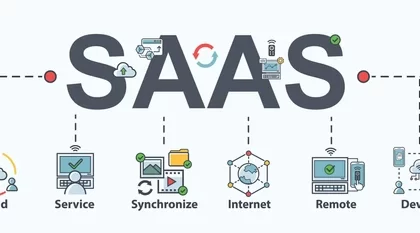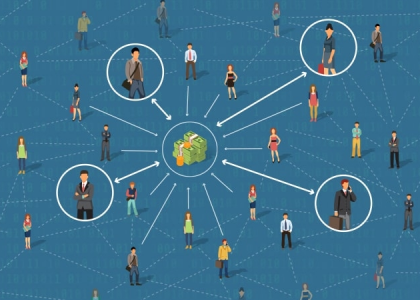Developing countries in the Region have used microfinance services to reduce poverty. About 21 per cent of the Grameen Bank borrowers and 11 per cent of the borrowers of the Bangladesh Rural Advancement Committee, a microfinance NGO, managed to lift their families out of poverty within about four years of participation. These services also had a significant positive impact on the depth (severity) of poverty among the poor. Extreme poverty declined from 33 per cent to 10 per cent among Grameen Bank participants, and from 34 per cent to 14 per cent among Bangladesh Rural Advancement Committee participants.
Without exclusively targeting the poor, the unit desas of the Bank Rakyat Indonesia (BRI) have also assisted “hundreds of thousands of households in lifting themselves out of absolute poverty over the past decade.” A 1988 sample survey of unit desa borrowers showed that microcredit has had a major impact on their families’ standards of living. The study estimated that net household incomes of borrowers increased by about 76 per cent and employment increased by 84 per cent with three years of program participation. The studies have, in general, shown that microfinance services have also had a positive impact on specific socioeconomic variables such as children’s schooling, household nutrition status, and women’s empowerment.[1]
Microfinance institutions (MFIs) have also brought the poor, particularly poor women, into the formal financial system and enabled them to access credit and accumulate small savings in financial assets, reducing their household poverty. However, researchers and practitioners generally agree that the poorest of the poor are yet to benefit from microfinance programs in most countries partly because most MFIs do not offer products and services that are attractive to this category.8 Thus, to increase the overall impact of microfinance on poverty reduction, it is essential to extend a wide range of services continuingly to the poor who are still excluded from the benefits of microfinance.
Providing microfinance services efficiently to this excluded segment of the market remains a major challenge in the Region. However, given that the National Developmental Policy has adopted poverty reduction as its overarching objective, Regulations must now respond to this challenge effectively. Supporting the development of sustainable MFIs that can reach the poor. The Microfinance Act provides an opportunity to respond to this challenge and make a significant contribution to its poverty reduction objective and the development of the overall financial system in its developing Microfinance community.
The poor and low-income households and their micro-enterprises in Tanzania are a diverse group. Their demand for microfinance services also reflects this diversity. The collective demand of these groups for financial services is large and the types of services they demand vary across households and micro-enterprises and over time. This large demand and the heterogeneity of services needed across households and micro-enterprises and over time have created scope for commercial financial intermediation.
Poor and low-income households and their micro-enterprises in the Tanzania have a large demand for safe and convenient deposit services. This demand reflects the importance of savings for these households and micro-enterprises for a variety of reasons. The poor need to save for emergencies, investment, consumption, social obligations, education of their children and many other purposes. They have the capacity and willingness to save. Savings are important for micro-enterprises and provide them with a major source of investment funds.[2]
The demand for microcredit that originates both from households and micro-enterprises is also large. Poor households in the Region require microcredit to finance livelihood activities, for consumption smoothing, and to finance some lumpy non-food expenses for purposes such as education (e.g., school fees and books), housing improvements, and migration. Many Asian countries have numerous small farms and their operators also require microfinance services. The other source of demand is non-farm micro-enterprises, which cover a wide array of activities such as food preparation and processing, weaving, pottery, mat and basket making, furniture making, and petty trading
The demand for other financial services among poor and low-income communities and their micro-enterprises could also be significant. A good share of rural households borrows, many more save, but all seek to insure against the vagaries of life and therefore the demand for insurance services among the poor is vast. Drawing an example of one private insurance company in Bangladesh a community with more alike circumstances like many of our own that started to provide micro-insurance services to low-income households on a commercial basis, for example, found that its client base was expanding rapidly. At the end of 1999, this company had over 800,000 clients, about 50,000 of which are considered poor. This experience shows that the supply of such services creates its demand because the real demand for such services remains hidden when suitable products are not available in the market.
These demands create a load for the microfinance sector and its stakeholders to get in need of a proper and effective digital system that will cover the challenges that Microfinance Institutions in Tanzania have been facing so far. A system that will at large cover the operations of the MFI’s and bring possible solutions to their challenges hence reduce the possibility of the user incurring unnecessary costs. A system that is well equipped with a team of experts who all the time are dedicated to provide the best services to all our clients but also advise on the timely bases of the system operation.








